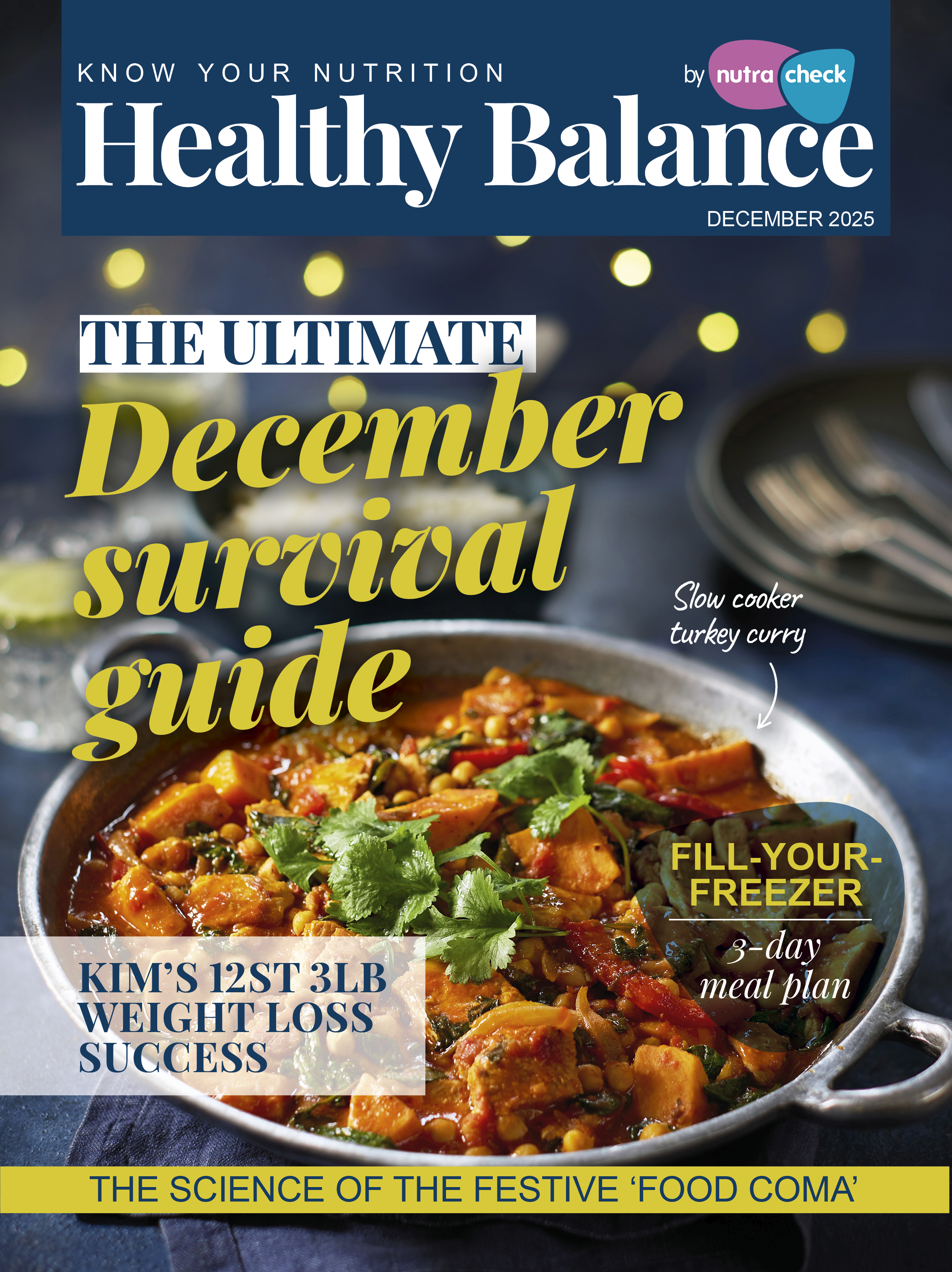One walk: 3 ways to max it
Emma White - Nutritionist | 04 Aug, 2025
Walking has become one of the most popular and accessible ways to stay active. Whether it’s part of your daily routine or a way to clear your mind, it’s a brilliant form of exercise to keep up with.
Of course, you might just want to enjoy a leisurely mindful walk, that's great – we can benefit both mentally and physically from stretching our legs and getting some fresh air. But if you want to maximise your time outside in terms of burning calories and building fitness, here are my top tips on how to maximise your daily walk – however long it is!

Power it with a full on power walk
If you want to try and burn more calories and boost fitness, pump up the pace of your walk. Step out with purpose and get your arms involved to help pick up the pace. Be careful to manage the increase in pace and don't go out too hard if you want to keep it up for 30 minutes or more. If you have a fitness tracker or pedometer, use it to track your usual pace or number of steps, and try to increase this gradually. Pace setting comes with experience, so gradually increase the pace with each walk to make sure you can see it through for the whole walk.
Pace it with intervals
Another great way to boost the benefit of your walk, is to switch up the pace with intervals. Interval workouts are great for boosting calorie burn and increasing fitness. This differs to a power walk, as you’ll up the pace for a certain duration and then drop it back down for a period of active recovery – then up it again. Going from rest to recovery and back again is a great test on our aerobic fitness and over time it helps to increase our cardiovascular fitness so that we can go for longer at a faster pace.
Try going out for a walk at a moderate pace for 2 minutes, then up to a very fast power walk for 1 minute. Recover with another 2 minute moderate pace walk, then up the pace again for another minute. Keep repeating this process for 30 minutes. Over time you'll be able to reduce the active recovery duration and up the high intensity section’s duration.
Push it with hill climbs or steps
Another way to add in intervals is to include hills or steps in your walk. This will not only require your heart and lungs to work harder for a period of time, but it will be great for adding tone and strength to your leg and bum muscles. If, like me, you live in a place where every direction is up, then you won’t be hard pushed to find some hills to walk up. Or you could find a nearby park with some hills, as long as it's not busy, and try doing circuits walking up and down the hills. If all else fails, walking up and down your stairs at home a few times would work!
Your weekly walking plan
Day 1: Power it
30 minutes walking 20-25% faster than your leisurely pace.
Day 2: Pace it
Walk at a leisurely pace for 2 minutes, up the pace to 80-90% of your maximum walking pace for 1 minute, then reduce back down for 2 minutes. Repeat for a total of 30 minutes.
Day 3: Push it
Walk for 5 minutes on the flat, then 3 minutes uphill. Repeat 4 times for a total of 32 minutes.
Day 4: Scenic recovery walk
30-45 min walk at a leisurely pace.
Day 5: Power it
30 minutes walking 20-25% faster than your leisurely pace.
Day 6: Pace it
Walk at a leisurely pace for 2 minutes, up the pace to 80-90% of your maximum walking pace for 1 minute, then reduce back down for 2 minutes. Repeat for a total of 30 minutes.
Day 7: Push it
Walk for 4 minutes on the flat, then climb up and down a set of stairs for 1 minute. Repeat 6 times for a total of 30 minutes.
Tip!
A moderate paced walk would leave you feeling a little breathless, but you would still be able to hold a conversation but not sing a song. Upping to a higher intensity for intervals and power walks should mean you can’t comfortably speak in sentences, without taking a deep breath.

Nutritionist Emma White (ANutr), MSc Human Nutrition is passionate about how food science applies to the human body, and how the nutrients in what we eat affect us and ultimately have an impact on our health.











